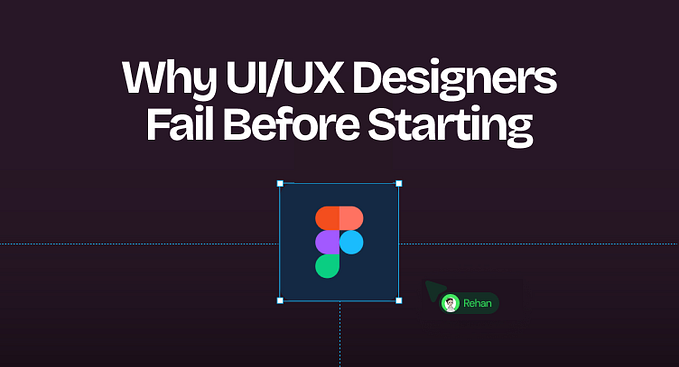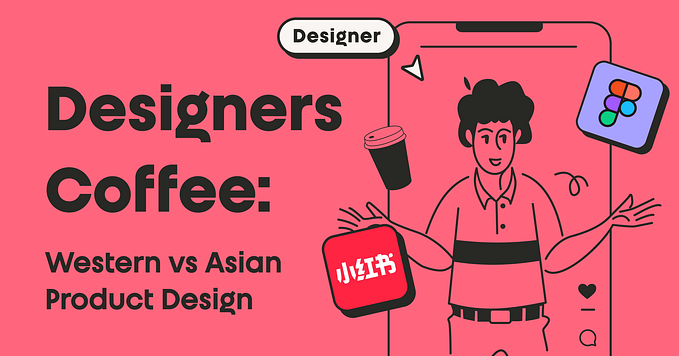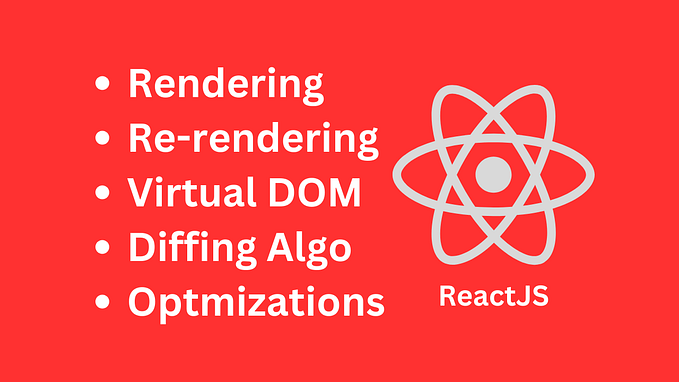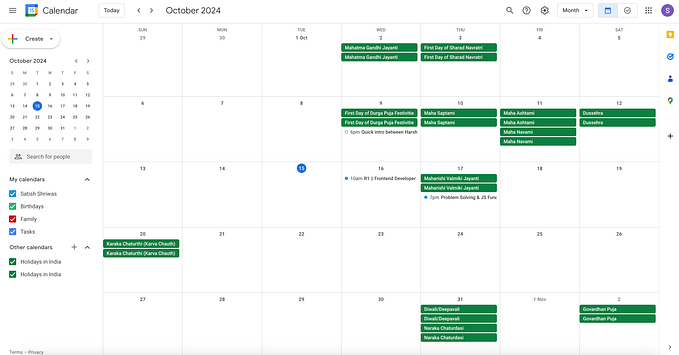Mastering product design interviews
Getting ready for the on-site product design interview
Arrive with confidence, prepare for the unexpected, and leave your interviewers excited to work with you

You’ve passed the phone screen and you’ve done the take home design exercise. Now you’ve got an on-site on your hands. Congrats on making it this far! So what’s next? By now you should have received an email from the company with an interviewing schedule. Generally it’ll look like this,
Your July 30th itinerary with Company A
1:00pm Portfolio presentation with product, engineering, and design
2:00pm Whiteboard exercise with Kim Donahue and Bailey Danny
2:30pm App critique with Marla Katie and Andrea Gartner
3:30pm 1:1 with Sarah Greene, product manager
4:00pm 1:1 with Cathy Yang, product designer
4:30pm 1:1 with Andrew O’Connor, engineer
5:00pm 1:1 with Mariko Katie, head of design
5:30pm interview wrap up with Richard Richards, recruiting
If you haven’t received the schedule — now’s a great time to ask for it. In my experience, smaller companies or startups sometimes forget or gloss over these. By asking for the schedule in advance you show initiative but most importantly you’ll know what to expect, which in turn will help you prepare in advance.
Learning about your interviewers
After learning the schedule, now’s the opportunity to learn more about your interviewers, if this company has already invested time in getting to know you — it’s only fair that you should get to know them too.
Start with LinkedIn and look at each interviewer’s profile: their experience, common connections, and recent posts. Look for their other online social networks or sites were they were mentioned or shared their work. If you’re applying to a startup or a smaller company be sure to research the leadership team too.
This info will be useful during the interview itself as it helps you,
- Anticipate types of questions you’ll get asked
- Select relevant portfolio pieces to address potential concerns
- Ask specific questions to each person given their role and experience
- Build rapport with the interviewers based on common organizations or connections
Having a schedule isn’t a guarantee the interviewer will be there. One time I was researching a product manager who had a fascinating design and search background. I agonized over which questions to ask him only to learn the day of that all PMs are having a last minute off-site.
Despite this, research will still make you stand out. To the interviewers it’s a signal that you’re interested in the job and the team. This goes for all levels — from new designers to experienced design leaders. If, as a candidate, you don’t have any questions or don’t show curiosity when given the chance to ask questions, it’s a strong red flag you’re unsure. Luckily this isn’t hard to do, nor is it time consuming as you can get this info in less than half an hour of online searching.
Your on-site packet
My deliverable at the of this exercise is an on-site packet composed of:
- Summary page with the name of the company, schedule, street address, point person for the interview and their phone number in case I need to call when I arrive or get lost
- Pages for each interviewing event with any interesting facts and questions I want to follow-up with for each person
- Extra pages for note-taking
This packet makes it easy to keep track of interviews, take notes, and cross reference information all in one place.
Day of the on-site
For the day of the on-site, it’s important to have the basics covered. That means eating well a few hours before and getting proper rest…
You can continue reading an updated version of this article from my latest book, Land Your Dream Design Job.

Land Your Dream Design Job is a comprehensive book about landing a product design role in a startup, agency, or tech company. It covers the entire design interview process from beginning to end, and will arm you with techniques and strategies to navigate the (at times) turbulent waters of job searching with confidence. This book will help guide you to a role that plays to your strengths while providing enough support for professional growth.
You’ll learn:
- What skills are expected of designers
- How to demonstrate those skills throughout the job search process
- How to identify your next opportunity
- How to target your job search process to stand out
- How to build a stand-out portfolio and tailor it to your dream opportunity
- The ins and outs out of various design interview types from portfolio presentations, whiteboard challenges, app critiques, to take home design exercises and many others.
You’ll also find in-depth advice on how to apply beyond the job boards, and how to conduct due diligence, negotiate compensation, and accelerate onboarding to your new role.










